Home>Articles>How Far Should A Carbon Monoxide Detector Be From A Boiler
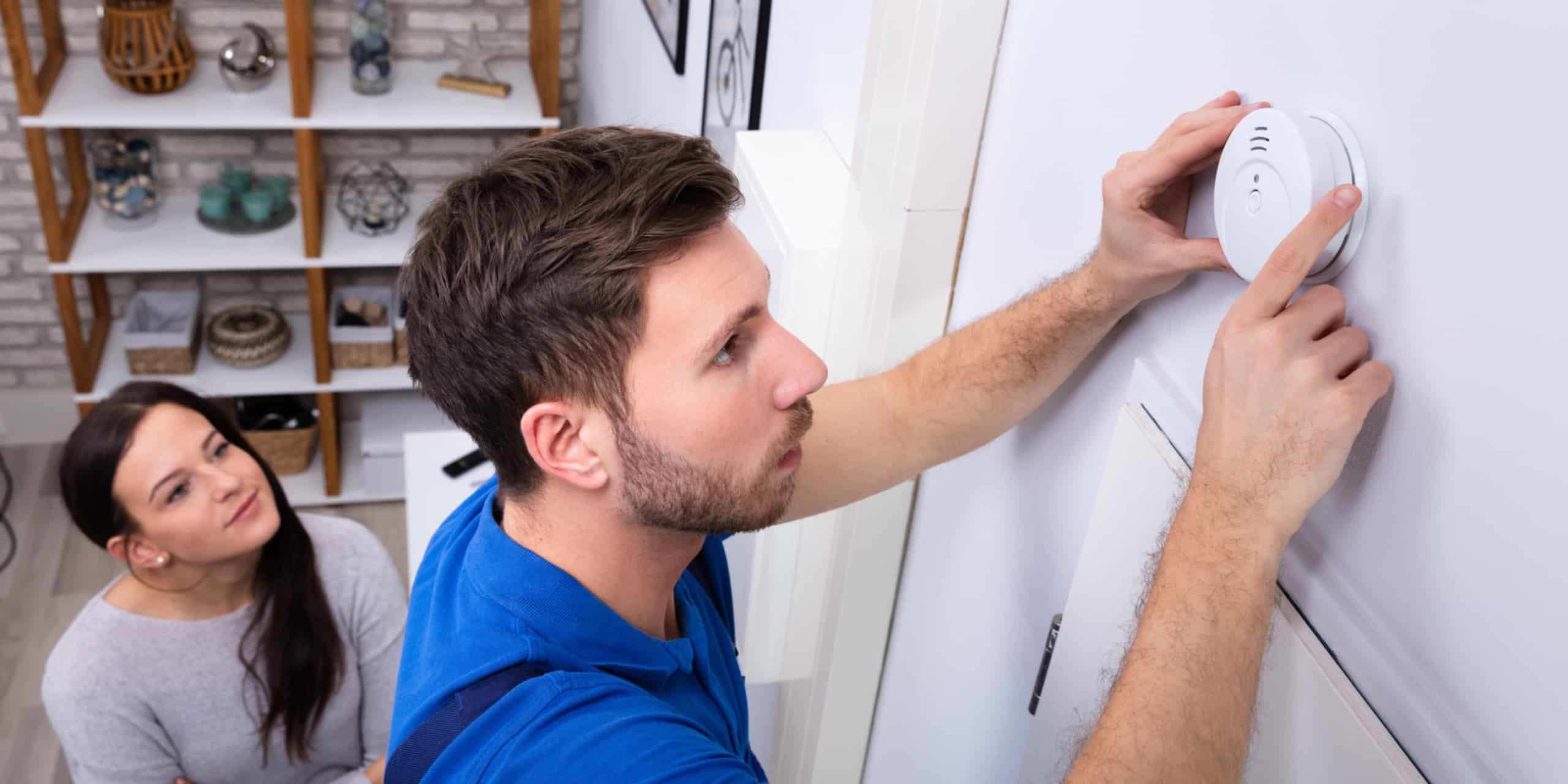

Articles
How Far Should A Carbon Monoxide Detector Be From A Boiler
Modified: December 7, 2023
Learn about the recommended distance for placing carbon monoxide detectors near boilers. Get expert advice and tips from our informative articles.
(Many of the links in this article redirect to a specific reviewed product. Your purchase of these products through affiliate links helps to generate commission for Storables.com, at no extra cost. Learn more)
Introduction
Carbon monoxide (CO) is a silent and deadly gas that is produced when fuel-burning appliances, such as boilers, heaters, and stoves, do not burn fuel properly. It is odorless, colorless, and tasteless, making it impossible to detect without the help of a specialized device. Carbon monoxide poisoning is a serious health risk that can lead to severe illness and even death if not detected early.
That’s why carbon monoxide detectors are essential in every home. These devices are designed to sound an alarm when they detect high levels of carbon monoxide in the air, giving you and your family the precious time needed to evacuate the premises and seek medical help.
In this article, we will discuss the importance of carbon monoxide detectors, the risks associated with carbon monoxide poisoning, and the factors to consider when placing a carbon monoxide detector in relation to your boiler. We will also explore the recommended distance between a carbon monoxide detector and a boiler and discuss potential interference from other household appliances. Lastly, we will provide additional safety measures that you can take to protect yourself and your loved ones from carbon monoxide poisoning.
Key Takeaways:
- Proper placement of carbon monoxide detectors near fuel-burning appliances, including boilers, is crucial for early detection of potential leaks. Consider proximity, height, and interference from other household appliances for optimal effectiveness.
- In addition to installing carbon monoxide detectors, regular maintenance of fuel-burning appliances, clear ventilation, and educating your family about carbon monoxide poisoning are essential for creating a safe living environment.
Importance of Carbon Monoxide Detectors
Carbon monoxide is often referred to as the “silent killer” because it is impossible to detect without the help of a carbon monoxide detector. Unlike other gases, such as natural gas or propane, carbon monoxide is odorless, colorless, and tasteless, making it virtually undetectable to our senses. This is why carbon monoxide poisoning is so dangerous, as it can go unnoticed until it’s too late.
Carbon monoxide poisoning occurs when there is a buildup of carbon monoxide in an enclosed space, such as a home or an office. The gas is produced when fuel-burning appliances, like boilers, furnaces, water heaters, or wood-burning stoves, do not burn fuel properly. This can happen due to a variety of reasons, such as improper installation, lack of maintenance, or a malfunctioning appliance.
The symptoms of carbon monoxide poisoning can be easily mistaken for other common ailments, such as the flu or food poisoning. These symptoms include headache, dizziness, nausea, fatigue, confusion, and shortness of breath. If left untreated, carbon monoxide poisoning can lead to serious health complications, permanent damage to vital organs, and even death.
A carbon monoxide detector is designed to alert you when there are high levels of carbon monoxide in the air. It does this by continuously monitoring the air for the presence of the gas. When it detects a certain threshold level of carbon monoxide, it sounds an alarm to warn you of the potential danger.
Having a carbon monoxide detector in your home is crucial for your safety and the safety of your family. It provides an early warning system that allows you to take immediate action if there is a carbon monoxide leak. This can mean the difference between life and death, as prompt evacuation and medical attention are essential in cases of carbon monoxide poisoning.
Remember that carbon monoxide detectors should be installed in every level of your home, especially near sleeping areas. It’s also a good idea to have a detector near any fuel-burning appliances, including your boiler. This ensures that you are protected and alerted to any potential carbon monoxide leaks throughout your home.
Understanding Carbon Monoxide Poisoning
Carbon monoxide (CO) poisoning occurs when there is an excessive amount of carbon monoxide gas in the air that is being breathed in. When carbon monoxide enters the bloodstream, it replaces oxygen, preventing the body from effectively delivering oxygen to vital organs and tissues. This lack of oxygen can lead to severe health complications and, in some cases, even death.
The symptoms of carbon monoxide poisoning can vary depending on the level of exposure and the duration of exposure. In mild cases, individuals may experience headaches, dizziness, nausea, and fatigue. These symptoms are easily mistaken for other common ailments, which can delay the recognition of carbon monoxide poisoning.
As exposure to carbon monoxide increases, symptoms can become more severe and potentially life-threatening. Severe cases of carbon monoxide poisoning can lead to confusion, disorientation, loss of consciousness, seizures, and even respiratory failure. It is important to note that infants, the elderly, and individuals with pre-existing medical conditions are particularly vulnerable to the harmful effects of carbon monoxide.
One of the most dangerous aspects of carbon monoxide is its ability to build up in enclosed spaces without any noticeable signs. Unlike smoke from a fire, which is visible and can be smelled, carbon monoxide is invisible and has no discernible odor. This is why carbon monoxide detectors play a crucial role in protecting against this silent killer.
There are several common sources of carbon monoxide in homes, with fuel-burning appliances like boilers, furnaces, water heaters, and stoves being the primary culprits. It is essential to ensure that these appliances are properly installed, regularly maintained, and adequately ventilated to minimize the risk of carbon monoxide buildup.
In addition to the common sources of carbon monoxide, other factors can contribute to elevated levels of this gas in the home. These can include blocked chimneys or flues, malfunctioning appliances, and even idling vehicles parked in garages attached to the house.
If you suspect carbon monoxide poisoning or your carbon monoxide detector sounds an alarm, it is crucial to evacuate the premises immediately. Move to fresh air outdoors and contact emergency services for assistance. Do not return to the building until it has been evaluated and deemed safe by a professional.
Understanding the dangers of carbon monoxide poisoning and taking appropriate precautions, such as installing carbon monoxide detectors, can help protect you and your loved ones from this invisible threat.
Factors to Consider When Placing a Carbon Monoxide Detector
Proper placement of your carbon monoxide detectors is essential to ensure early detection of any potential leaks and to provide maximum protection for you and your family. Here are some important factors to consider when deciding where to place your carbon monoxide detectors:
- Number of detectors: It is recommended to have carbon monoxide detectors on every level of your home, including the basement and near sleeping areas. This ensures that you are alerted to any potential carbon monoxide leaks regardless of where they may occur.
- Proximity to fuel-burning appliances: Place a carbon monoxide detector in close proximity to any fuel-burning appliances in your home, such as boilers, furnaces, water heaters, and stoves. This allows for early detection of any carbon monoxide emissions from these sources.
- Placement at breathing height: Carbon monoxide mixes with the air and can be evenly distributed throughout a room. For optimal detection, place your carbon monoxide detectors at breathing height, typically around chest level. Avoid placing them near windows, doors, or ventilation openings, as these areas can impact the accuracy of the readings.
- Avoiding dead spots: Be mindful of potential dead spots in your home where carbon monoxide may accumulate without proper airflow. For example, avoid placing detectors in areas with heavy curtains or furniture that may obstruct air circulation.
- Avoiding excessively hot or humid areas: Carbon monoxide detectors should not be placed in areas of high humidity or extreme temperatures, as these conditions can impact their performance. Keep them away from kitchen or bathroom areas where steam or excessive heat may be present.
- Placement near bedrooms: It is critical to have a carbon monoxide detector near sleeping areas to ensure that you are promptly alerted in case of a carbon monoxide leak while you are asleep. Make sure the alarm sound is loud enough to wake you up in an emergency.
- Frequent testing and maintenance: Regularly test your carbon monoxide detectors to ensure they are functioning correctly. Follow the manufacturer’s instructions for proper maintenance, including changing the batteries as needed. Keep in mind that detectors have a limited lifespan and may need to be replaced after a certain number of years.
Remember, the placement of carbon monoxide detectors is crucial in providing early detection of potential leaks. Be diligent in considering these factors to ensure your detectors effectively monitor and protect your home from this silent and deadly gas.
A carbon monoxide detector should be placed within 10 feet of a boiler, but not directly above it. This allows for early detection of any CO leaks.
Recommended Distance Between Carbon Monoxide Detector and Boiler
When it comes to the placement of a carbon monoxide (CO) detector in relation to your boiler, there are a few important guidelines to follow to ensure its effectiveness. While specific recommendations can vary depending on local building codes and manufacturer guidelines, here are some general guidelines to consider:
Proximity to the boiler: It is important to place a carbon monoxide detector in close proximity to your boiler. This allows for quick detection of any potential carbon monoxide leaks from the appliance. Consider placing the detector within a few feet of the boiler, but refer to the manufacturer’s instructions for their specific recommendations.
Height placement: Install the carbon monoxide detector at breathing level, typically around chest height. This will ensure that the detector can accurately measure the concentration of carbon monoxide in the air where you are most likely to breathe it in.
Avoiding obstructions: Ensure that there are no obstacles between the carbon monoxide detector and the boiler that may hinder the airflow. Avoid placing the detector behind curtains, furniture, or other objects that may impede the flow of air and potentially affect the readings of the detector.
Clear instructions: Make sure that the carbon monoxide detector is easily visible and accessible, and that its alarm sound is loud enough to be heard throughout your home. If possible, choose a detector with clear instructions and a digital display to provide accurate readings of carbon monoxide levels.
Follow local regulations: Local building codes and regulations may have specific requirements or recommendations for the placement of carbon monoxide detectors in relation to boilers. It is important to consult these regulations and comply with any specific guidelines provided.
Additionally, it is important to note that while a carbon monoxide detector near your boiler is crucial, it is equally important to have detectors placed throughout your home to provide comprehensive coverage. Carbon monoxide can travel through air vents and ducts, potentially reaching other areas of your home. Distributing detectors strategically in different locations will ensure that you are alerted to any carbon monoxide presence regardless of its source.
Finally, remember that regular maintenance and testing of your carbon monoxide detectors are essential to ensure their proper functioning. Replace batteries as recommended by the manufacturer and perform regular tests to confirm that the detectors are operational and capable of detecting carbon monoxide.
By following these guidelines and taking necessary safety precautions, you can help protect yourself and your family from the dangers of carbon monoxide produced by your boiler.
Potential Interference from Other Household Appliances
When it comes to placing a carbon monoxide detector in your home, it’s essential to be aware of potential interference from other household appliances. While carbon monoxide detectors are highly sensitive and designed to detect even small amounts of the gas, certain factors can impact their accuracy. Here are some common household appliances that could potentially interfere with the proper functioning of your carbon monoxide detector:
- Kitchen appliances: Appliances such as gas stoves, ovens, or grills can produce small amounts of carbon monoxide during normal operation. While these levels are usually not dangerous, they may trigger false alarms in nearby carbon monoxide detectors. To avoid this interference, it is recommended to install a carbon monoxide detector at least 15 feet away from these types of appliances.
- Fireplaces and wood-burning stoves: Wood-burning appliances commonly emit carbon monoxide as part of the combustion process. As a result, it is important to install a carbon monoxide detector in close proximity to these appliances to ensure early detection of any potential leaks. However, be cautious not to place the detector directly above or in front of the fireplace or stove, as this could lead to false alarms caused by smoke or other combustion byproducts.
- Gas-powered furnaces and water heaters: Furnaces and water heaters that run on natural gas or propane can be another potential source of carbon monoxide. It is crucial to have carbon monoxide detectors installed near these appliances and to follow the manufacturer’s recommendations for proper placement to minimize interference.
- Garages: If your home has an attached garage, be aware that carbon monoxide can enter the living space if a vehicle is idling with the garage door closed. To prevent the gas from entering your home, it is advisable to install a carbon monoxide detector near the entrance of your living area, away from the direct proximity of the garage.
- Other fuel-burning appliances: Appliances such as gas dryers, portable generators, and kerosene heaters can also produce carbon monoxide. It is important to ensure that carbon monoxide detectors are installed in areas where these appliances are used and to follow the manufacturer’s guidelines for proper placement to avoid interference.
While it is important to consider potential interference from other household appliances, it’s worth noting that modern carbon monoxide detectors are designed to minimize false alarms caused by common sources of interference. However, it is still crucial to be mindful of their placement and follow the manufacturer’s instructions to ensure their optimal performance.
If you are uncertain about the placement of your carbon monoxide detectors or have concerns about potential interference, consult the manufacturer’s guidelines or seek professional advice. Taking the necessary precautions will help ensure that your detectors provide accurate and timely warnings in the event of a carbon monoxide leak, safeguarding the well-being of your household.
Additional Safety Measures to Take
In addition to installing carbon monoxide detectors in your home, there are several additional safety measures you can take to further protect yourself and your family from the dangers of carbon monoxide poisoning:
- Regular maintenance of fuel-burning appliances: Ensure that all fuel-burning appliances in your home, including boilers, furnaces, water heaters, and stoves, are regularly inspected and maintained by qualified professionals. Regular maintenance can help identify any potential issues or malfunctions that could lead to the production of carbon monoxide.
- Clear ventilation and airflow: Proper ventilation is essential for the safe operation of fuel-burning appliances. Make sure that air vents, flues, and chimneys are clean and unobstructed to allow for the proper release of combustion gases, including carbon monoxide. Regularly check for any blockages or signs of damage.
- Avoid using portable fuel-burning devices indoors: Never use portable generators, camping stoves, or charcoal grills indoors, as they can produce high levels of carbon monoxide. Always use these devices outdoors and ensure that they are placed in well-ventilated areas, away from doors, windows, and air intakes.
- Do not idle vehicles in enclosed spaces: Running a vehicle in an enclosed space, such as a garage, can lead to the buildup of carbon monoxide. Even with the garage door open, fumes can seep into the living area. Always park vehicles outside and never leave them idling in enclosed spaces.
- Be cautious with alternative heating sources: If you use alternative heating sources, such as space heaters or wood-burning stoves, ensure they are used safely and according to the manufacturer’s instructions. Keep flammable materials away from heaters, and never leave them unattended or operate them while sleeping.
- Educate yourself and your family: Make sure everyone in your household is aware of the signs and symptoms of carbon monoxide poisoning. Educate them on the importance of responding to carbon monoxide alarms, evacuating the premises, and seeking immediate medical attention if necessary.
- Plan and practice an emergency evacuation: Prepare an emergency plan that includes a designated meeting place outside the home and a clear procedure for evacuating if a carbon monoxide alarm sounds. Practice the plan regularly with your family to ensure everyone knows what to do in an emergency.
- Consider professional installation: For added peace of mind, consider having a professional install carbon monoxide detectors and handle any necessary adjustments or modifications to your home’s ventilation system. Professionals can provide expert guidance and ensure that the detectors are placed in optimal locations.
By implementing these additional safety measures, you can help minimize the risk of carbon monoxide poisoning in your home. Remember, prevention is key when it comes to protecting yourself and your loved ones from the silent and deadly effects of carbon monoxide.
Conclusion
Carbon monoxide detectors are indispensable devices that play a crucial role in safeguarding your home and protecting your loved ones from the silent dangers of carbon monoxide poisoning. With the ability to detect even trace amounts of this odorless and colorless gas, these detectors provide an early warning system that can save lives.
In this article, we have explored the importance of carbon monoxide detectors and their role in preventing carbon monoxide poisoning. We have discussed the factors to consider when placing these detectors, including the proximity to fuel-burning appliances such as boilers, the height placement for optimal detection, and the avoidance of interference from other household appliances.
We have also emphasized the significance of understanding carbon monoxide poisoning, its symptoms, and the potential risks associated with the gas. By being aware of the sources of carbon monoxide in your home, such as faulty appliances or blocked ventilation, you can take the necessary steps to prevent leaks and ensure proper airflow.
Furthermore, we have provided additional safety measures to complement the use of carbon monoxide detectors, such as regular maintenance of fuel-burning appliances, proper ventilation, and avoiding the use of portable fuel-burning devices indoors. By adopting these precautions and educating your family on the dangers of carbon monoxide, you can create a safer living environment.
Remember, the recommended distance between a carbon monoxide detector and a boiler may vary, so it is essential to consult the manufacturer’s guidelines and local regulations. Additionally, regularly test and maintain your detectors to ensure their effectiveness and reliability.
In conclusion, incorporating carbon monoxide detectors into your home and following proper safety practices is crucial for protecting your household from the silent and deadly threat of carbon monoxide poisoning. By being proactive and taking necessary precautions, you can provide a safe and secure living environment for you and your loved ones.
Frequently Asked Questions about How Far Should A Carbon Monoxide Detector Be From A Boiler
Was this page helpful?
At Storables.com, we guarantee accurate and reliable information. Our content, validated by Expert Board Contributors, is crafted following stringent Editorial Policies. We're committed to providing you with well-researched, expert-backed insights for all your informational needs.
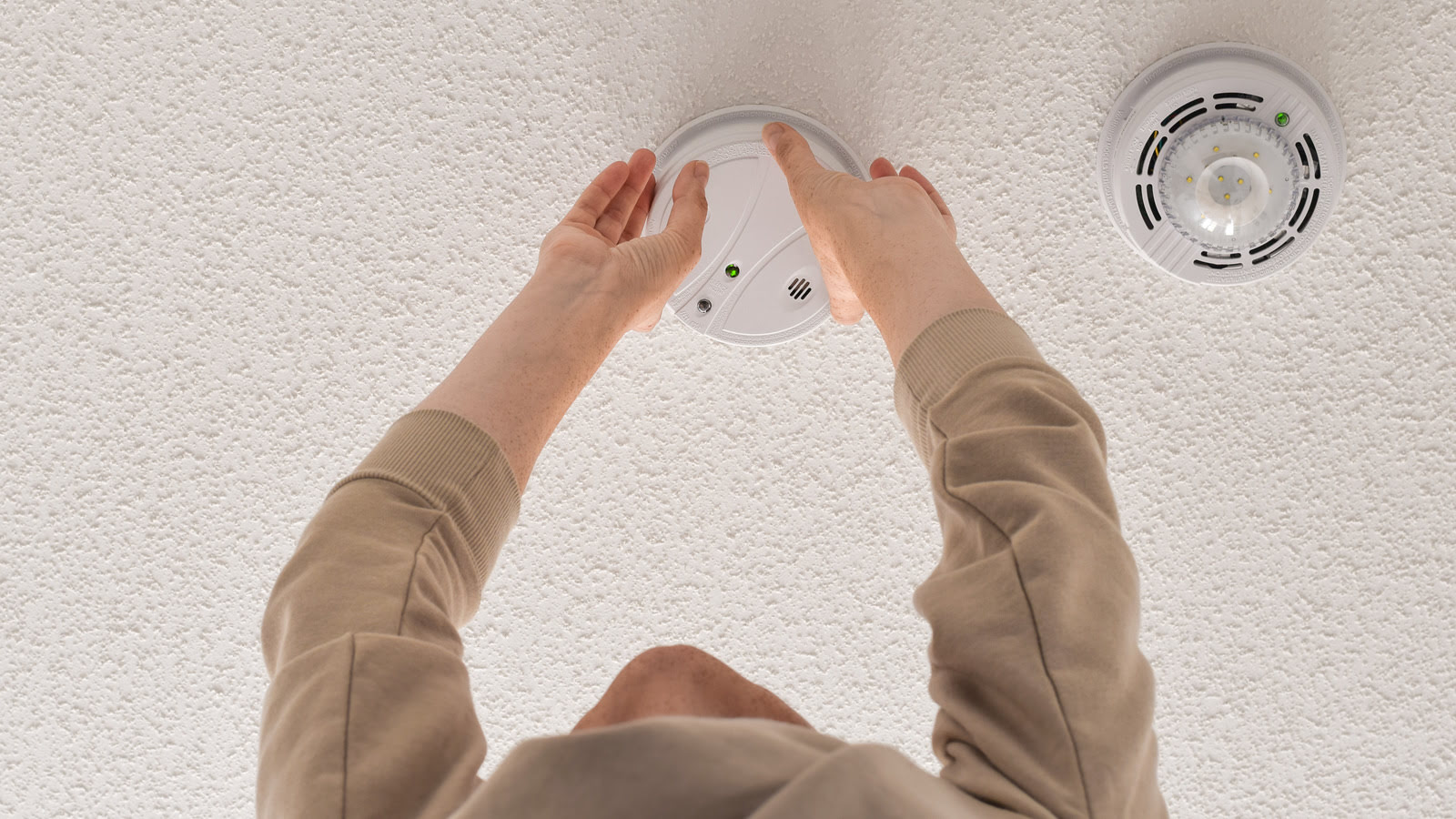
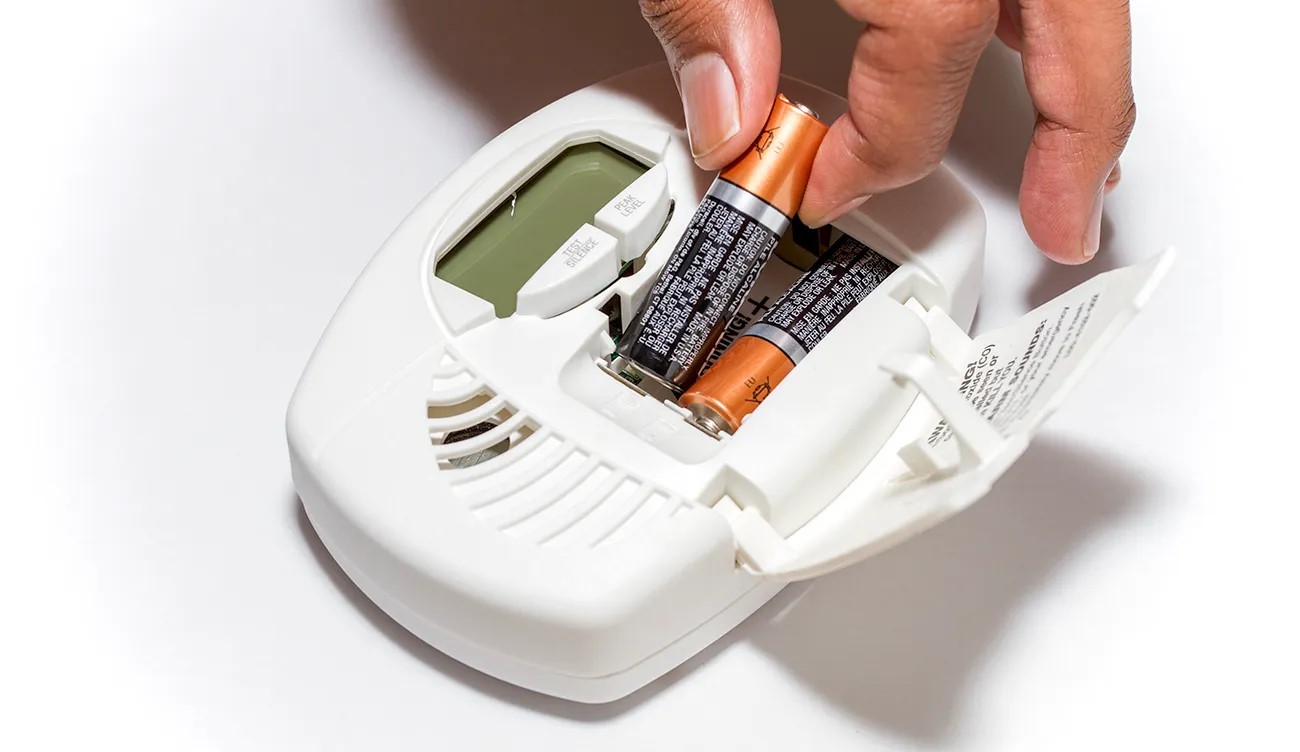
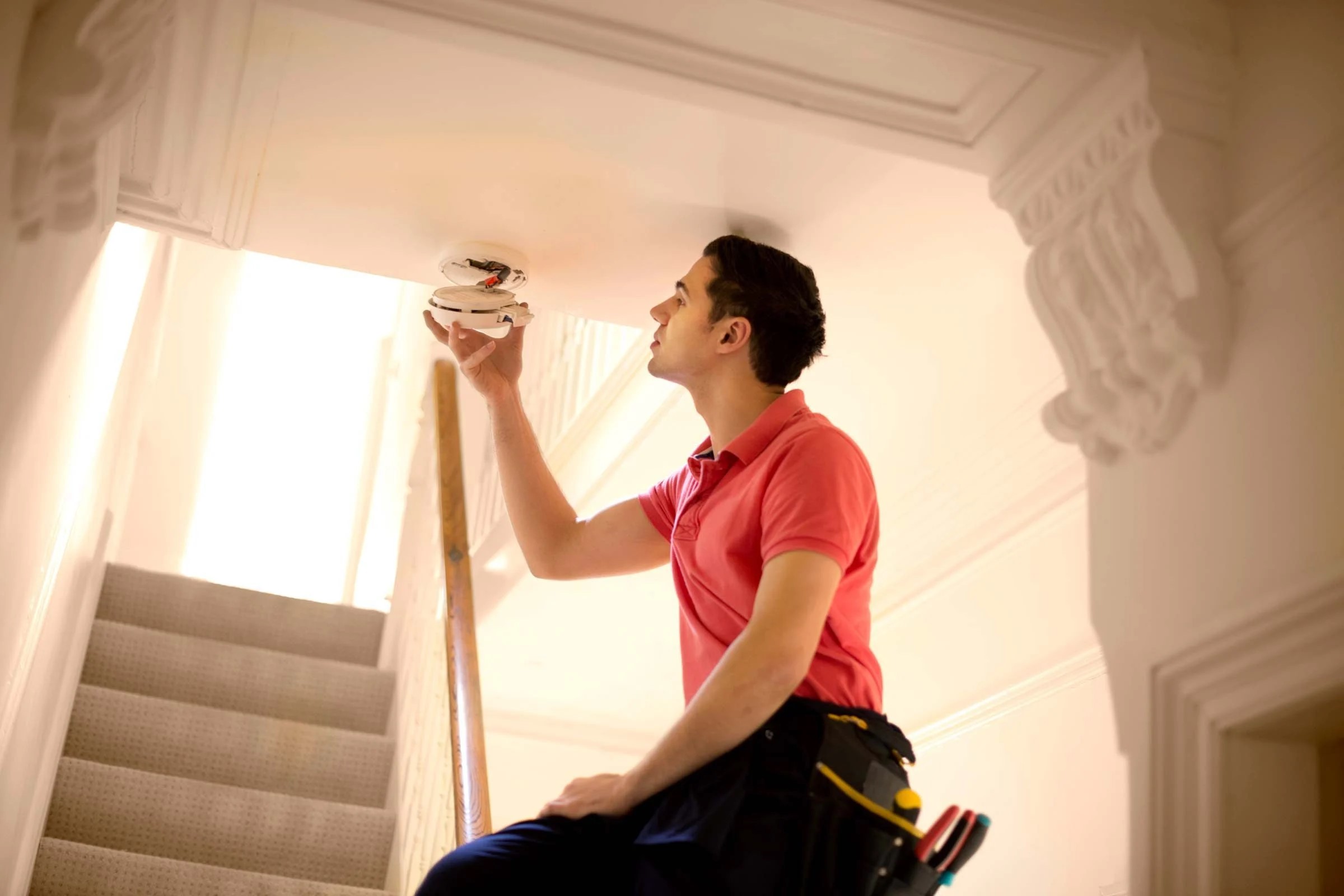
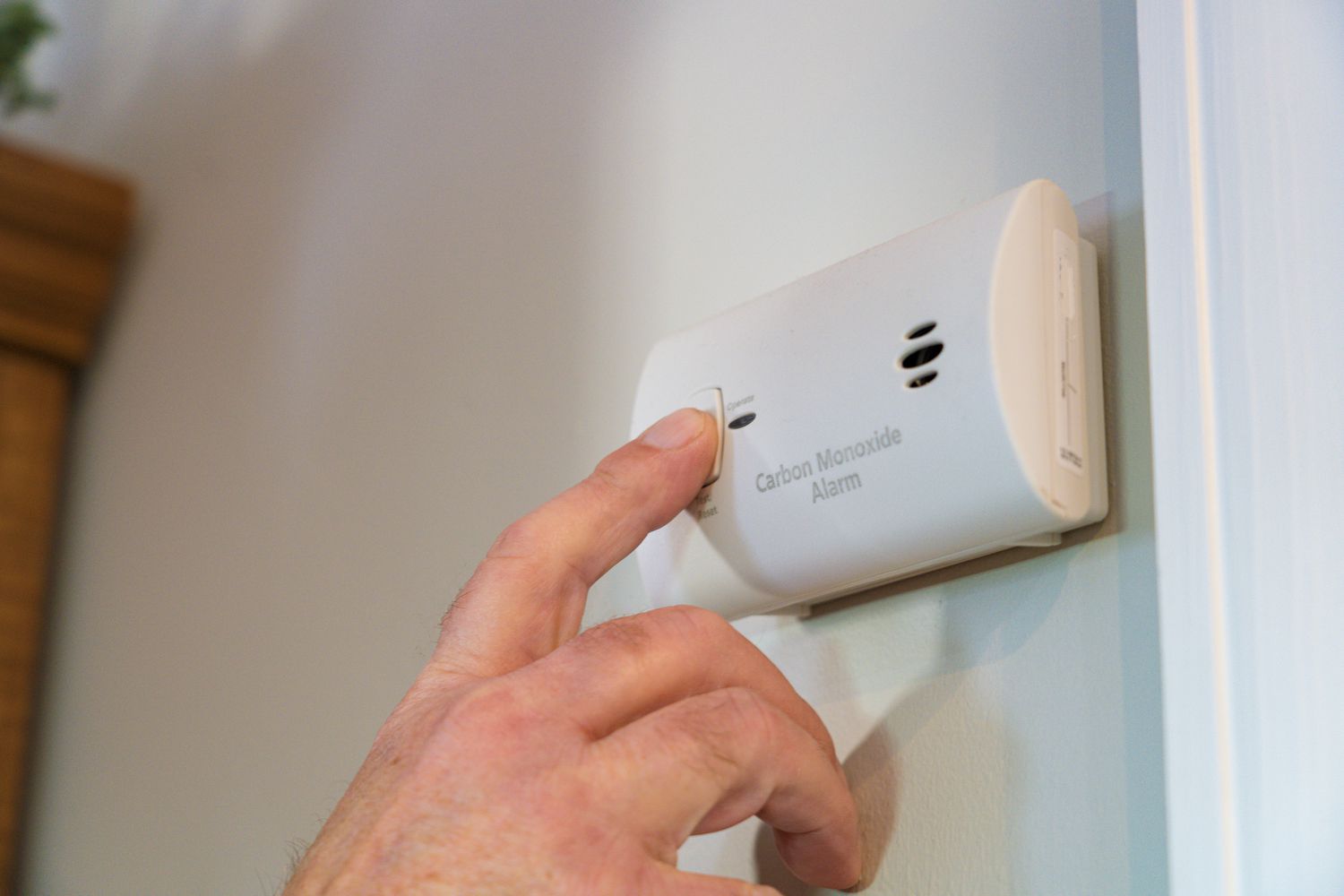
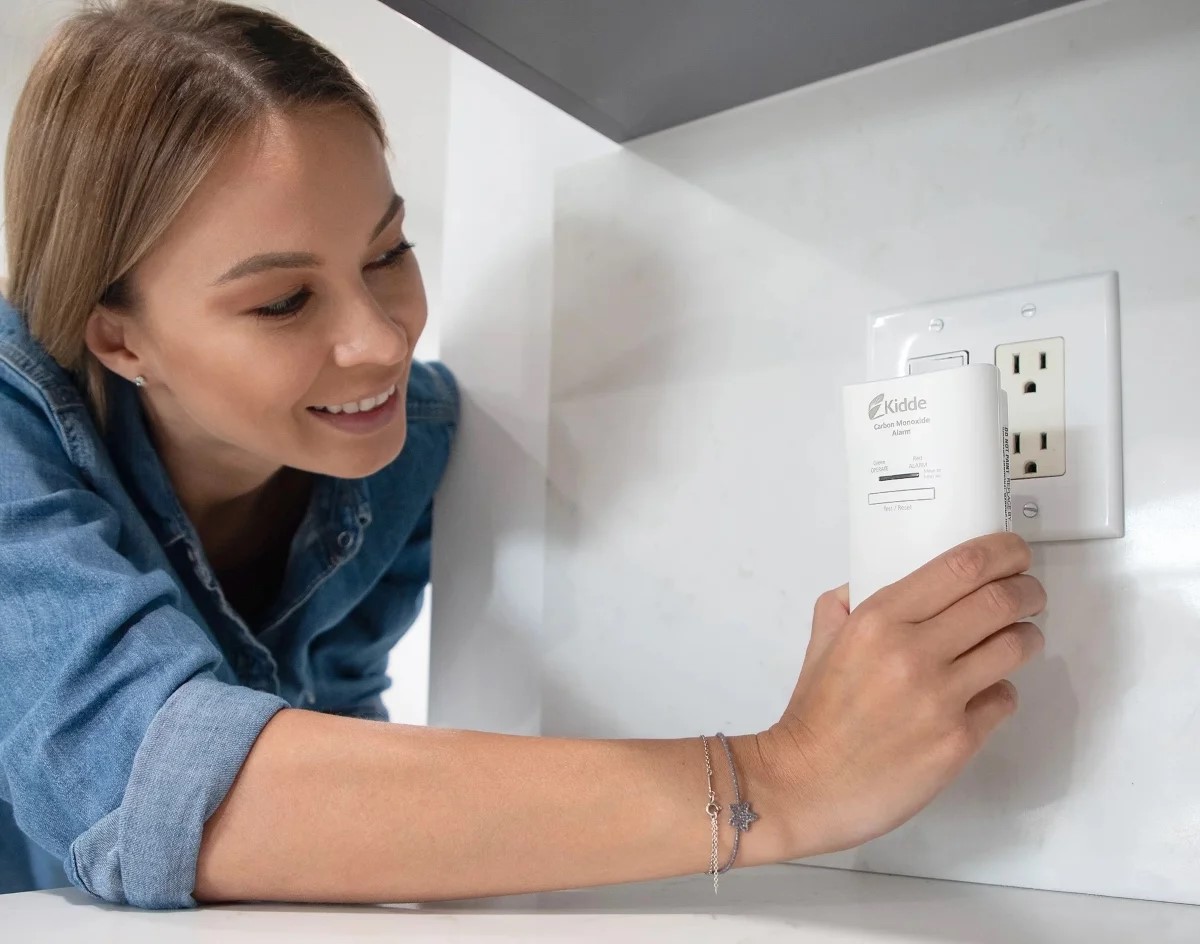
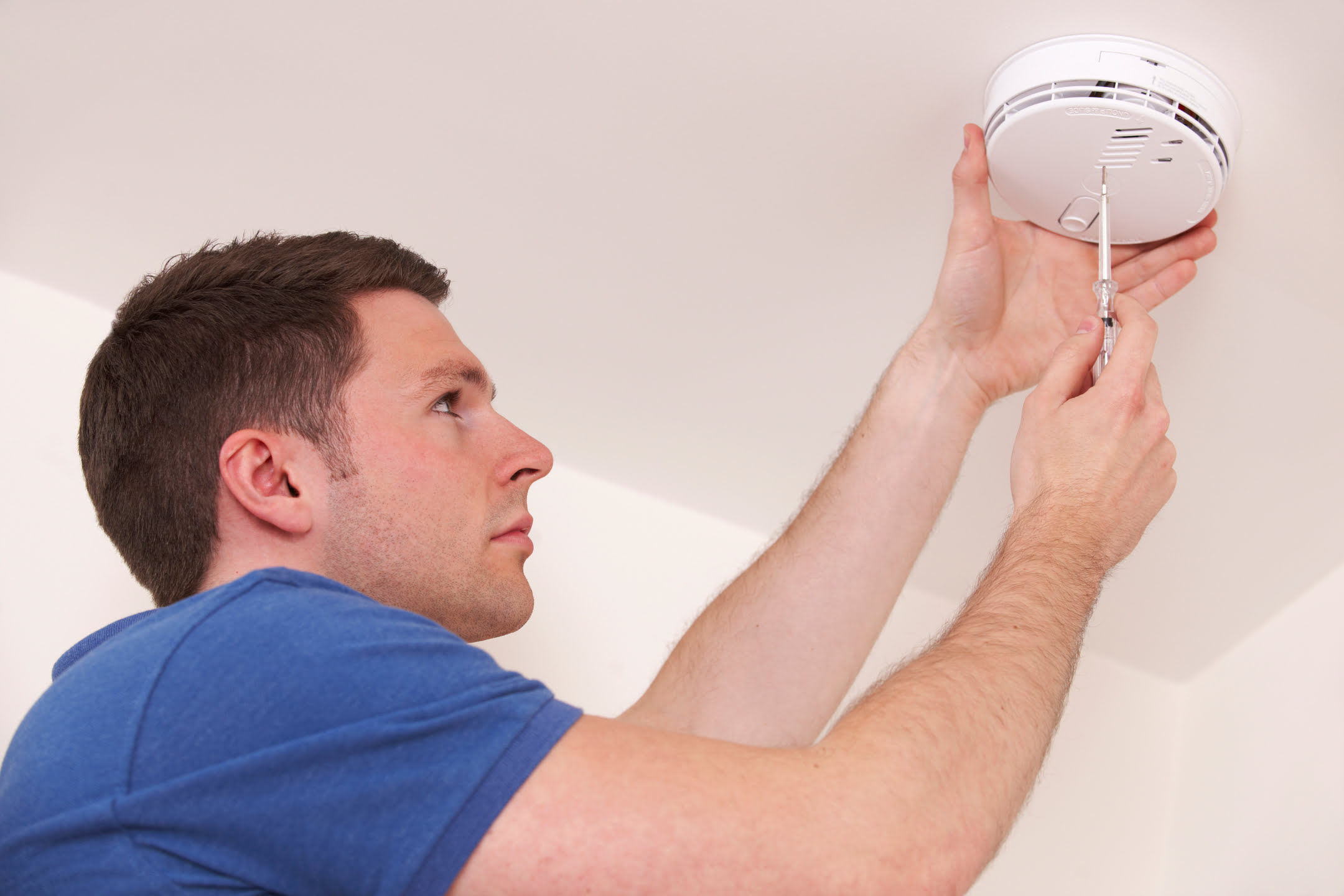
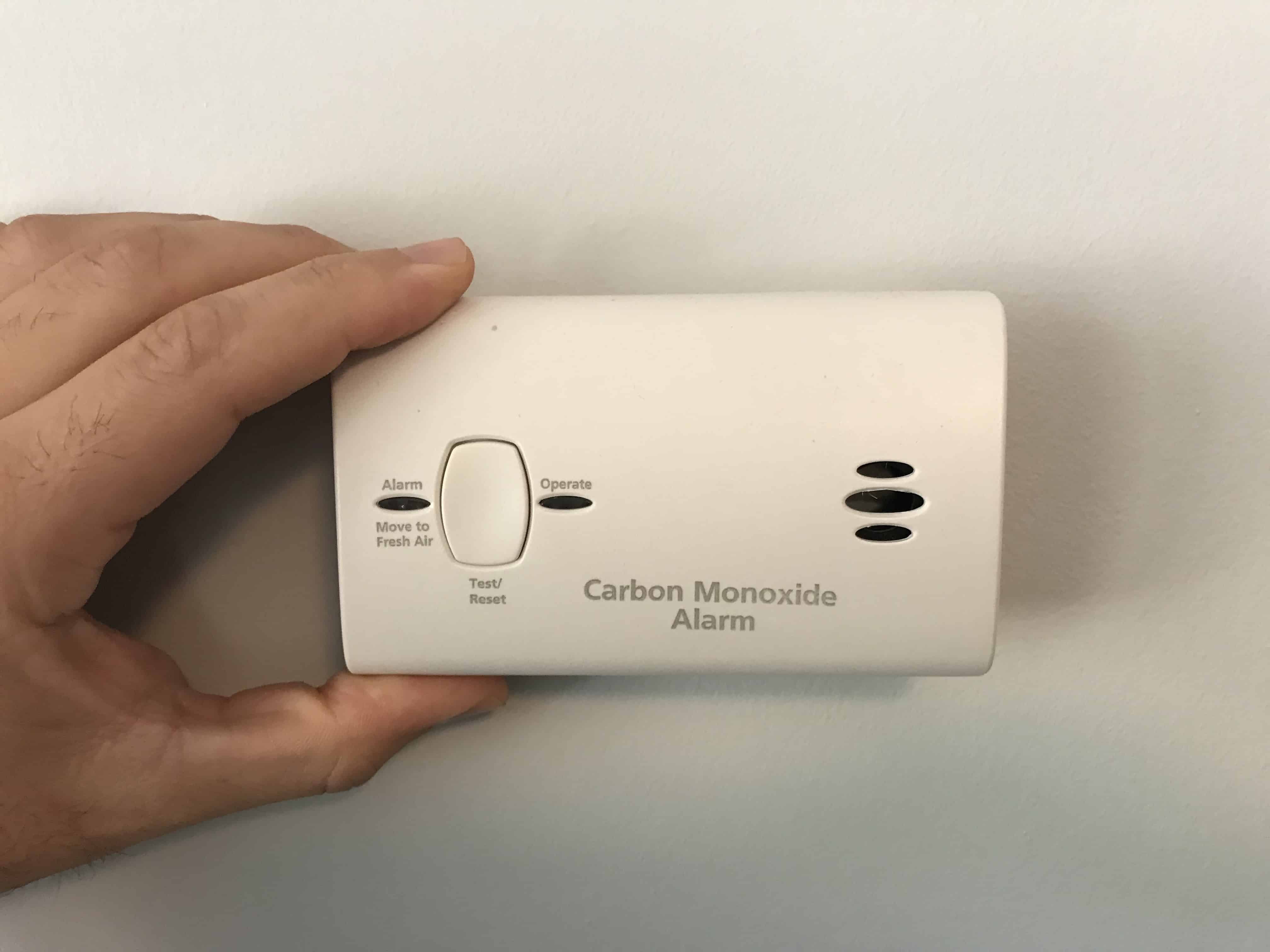
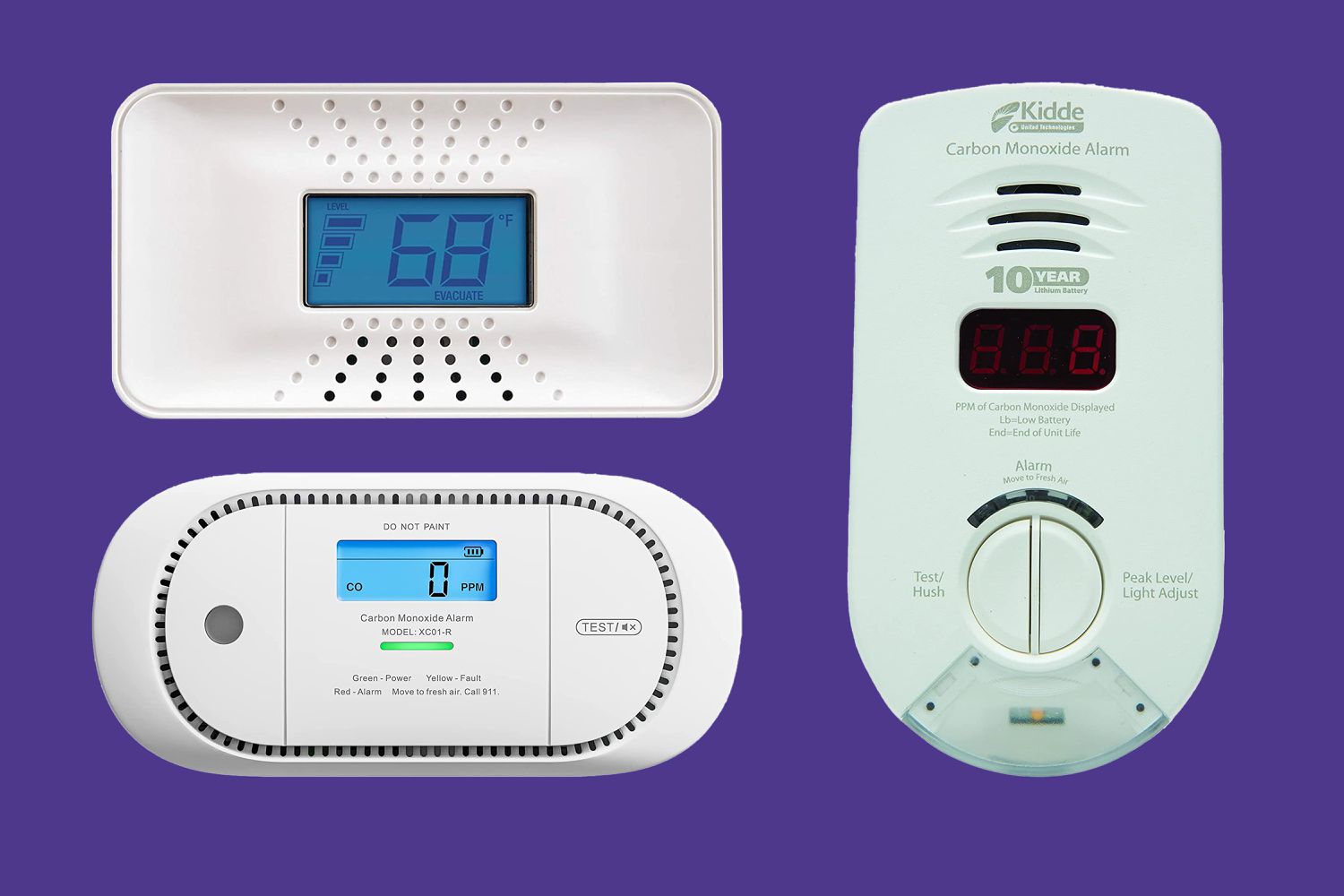
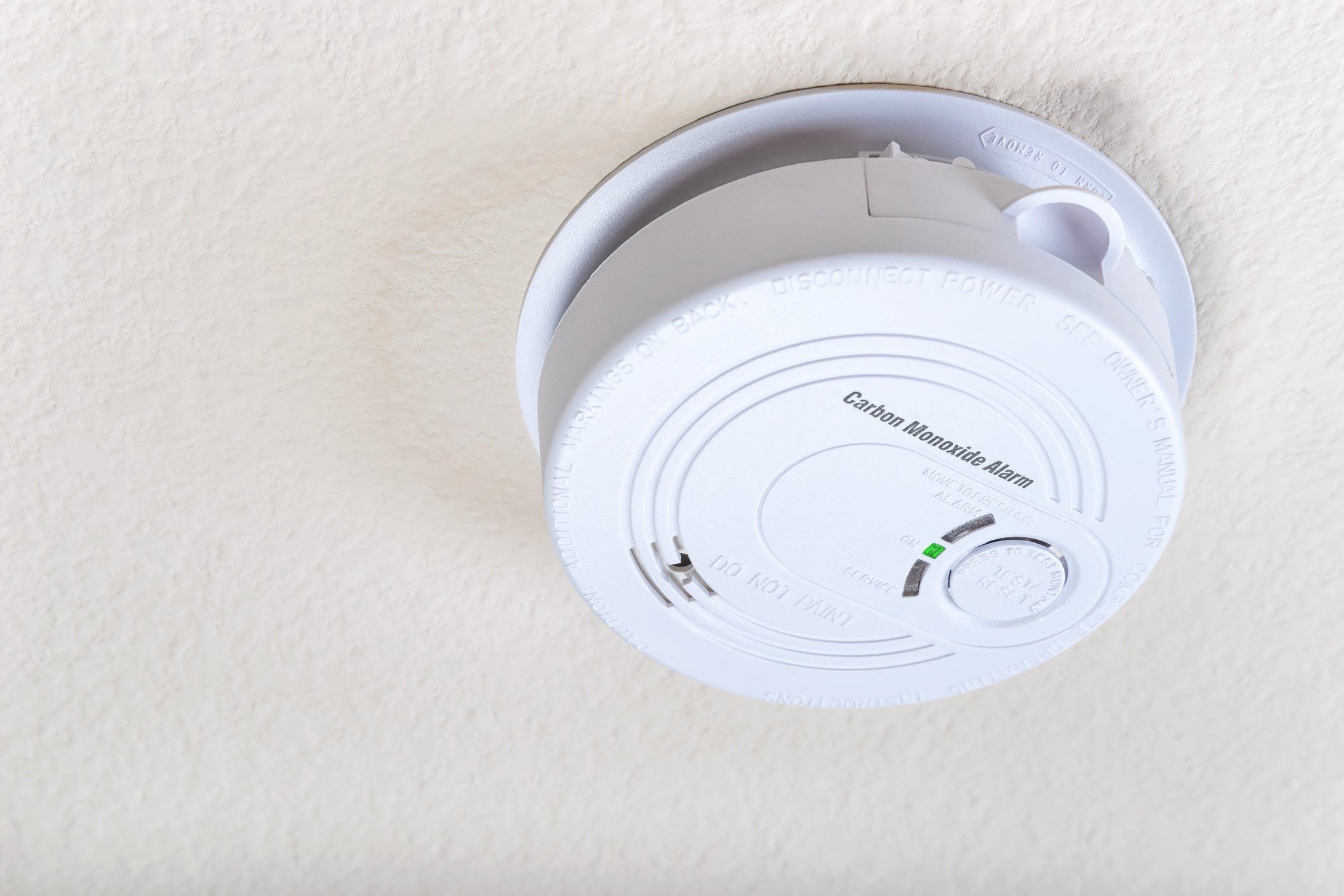
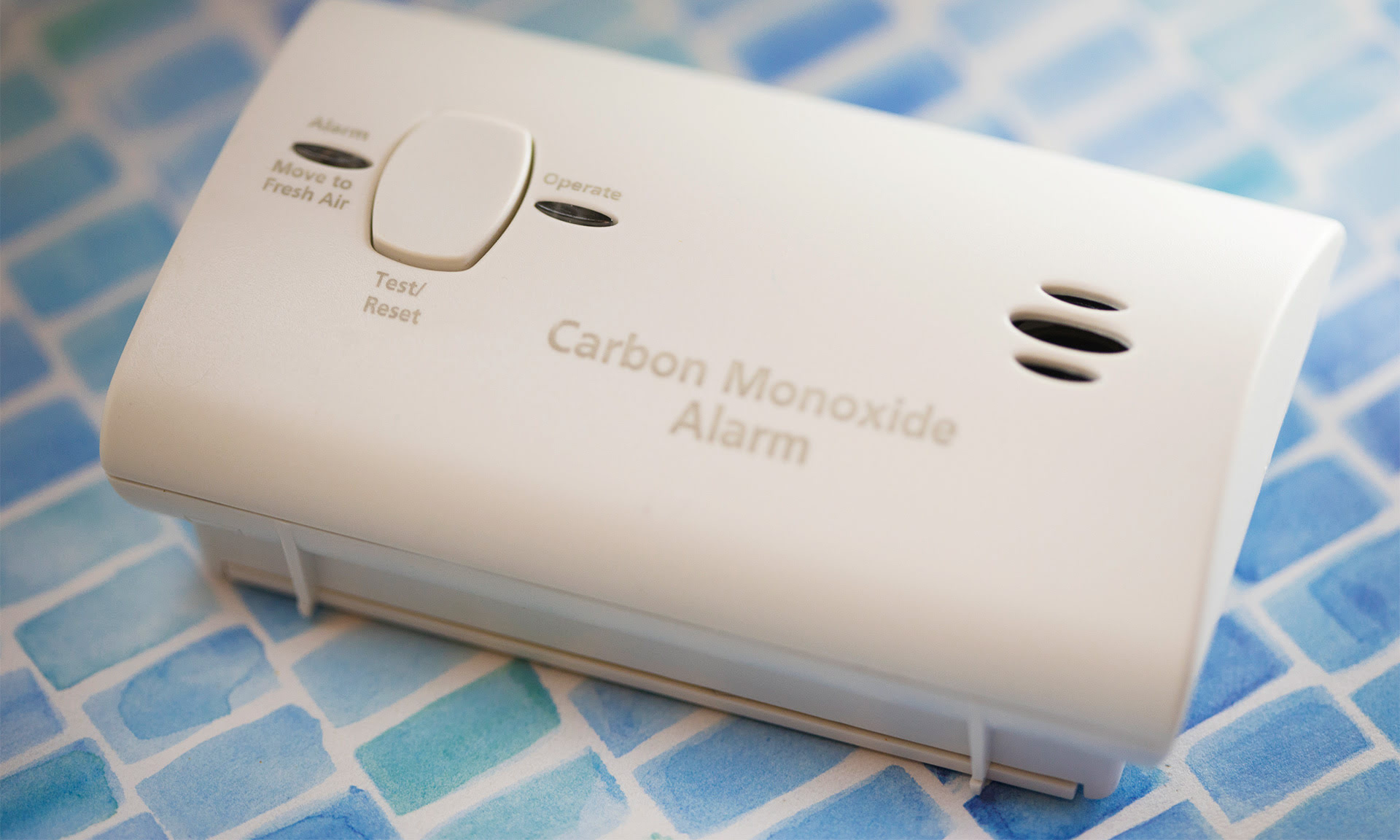
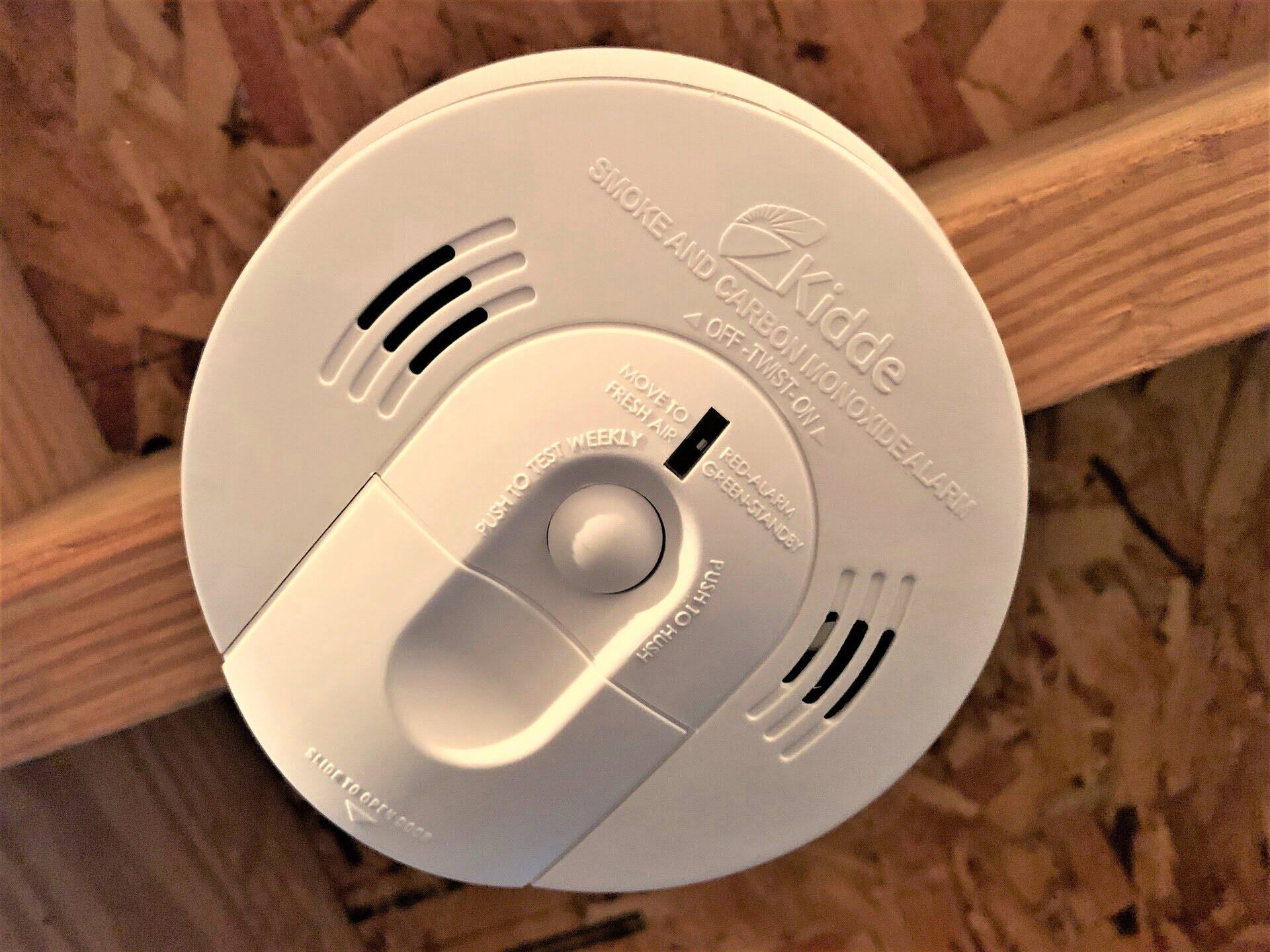
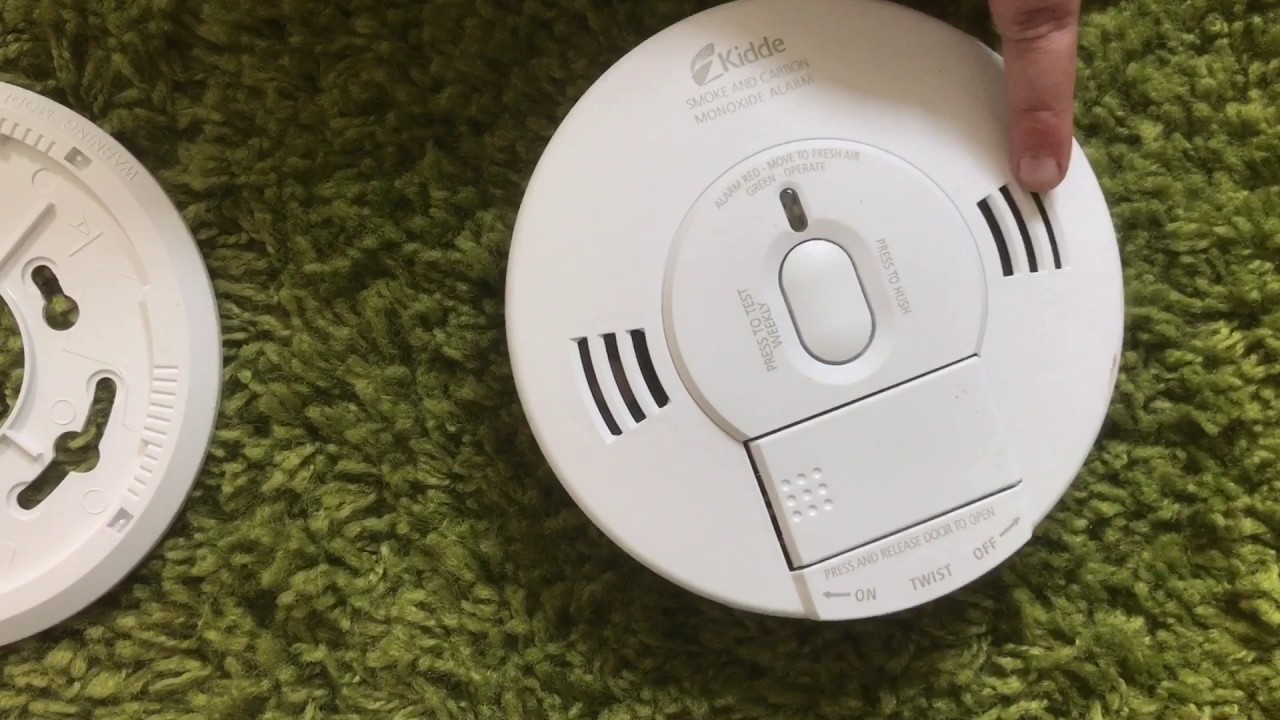
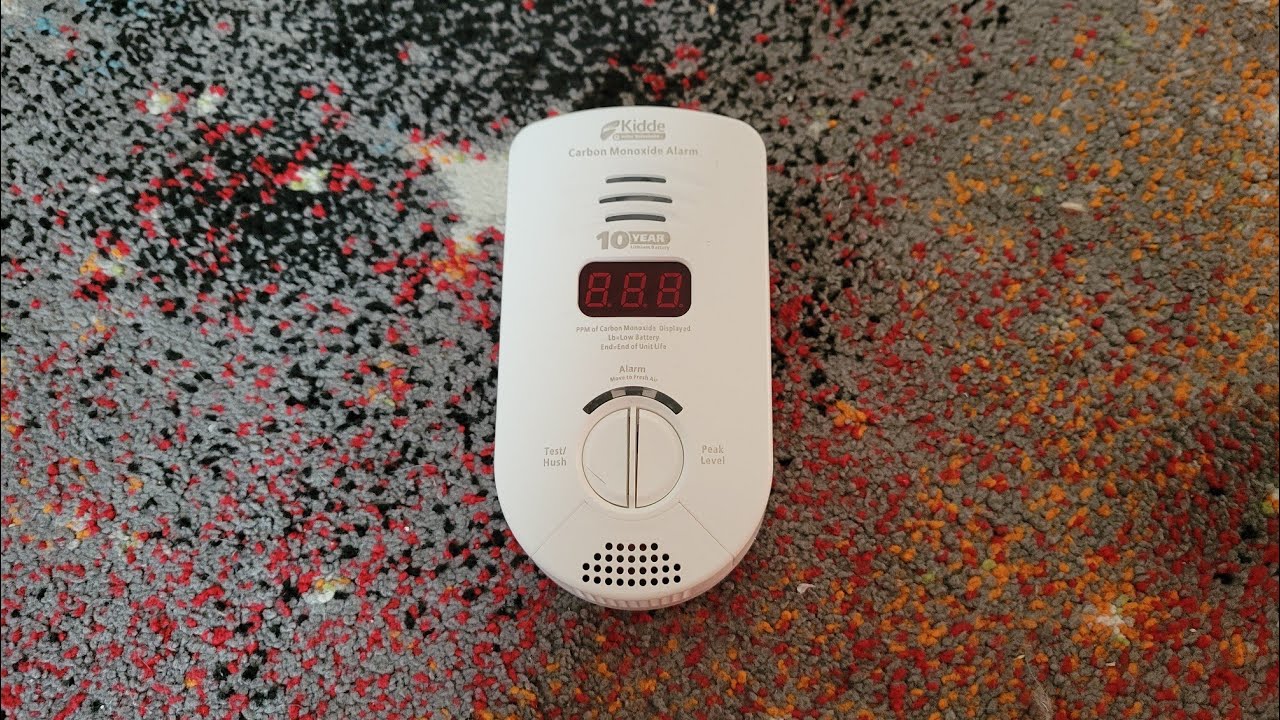
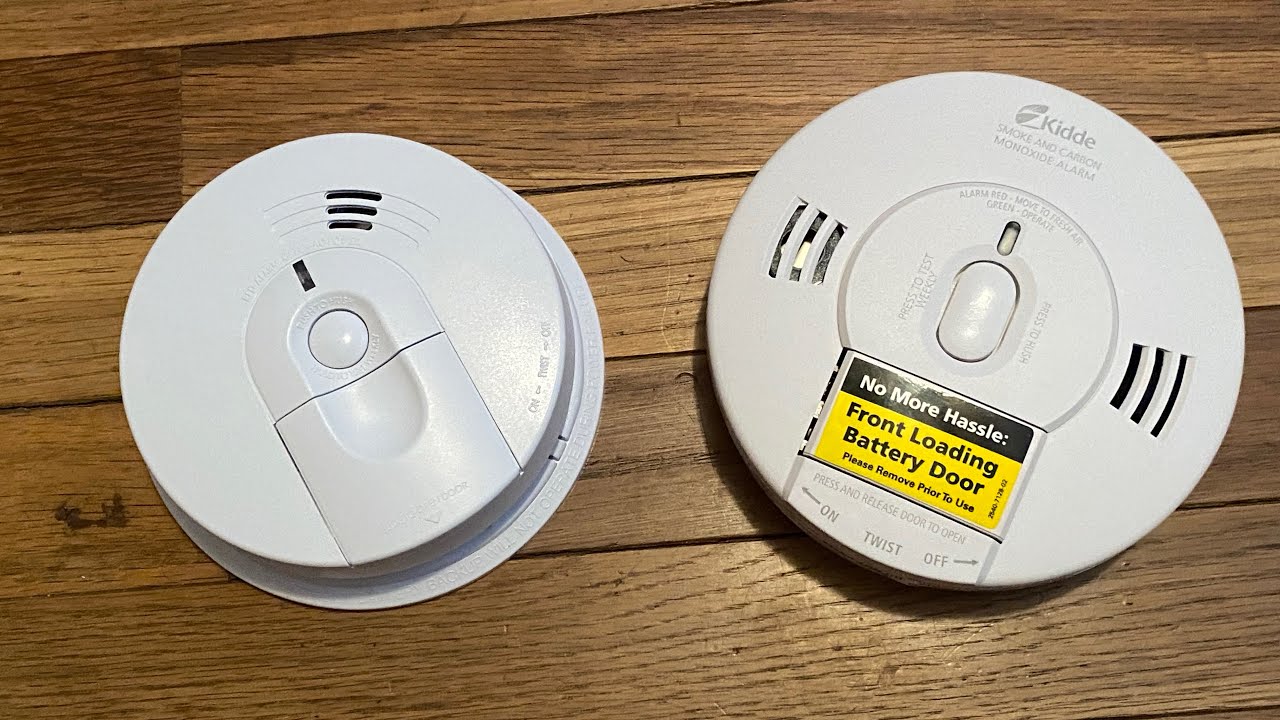

0 thoughts on “How Far Should A Carbon Monoxide Detector Be From A Boiler”